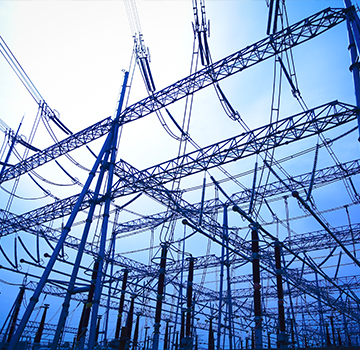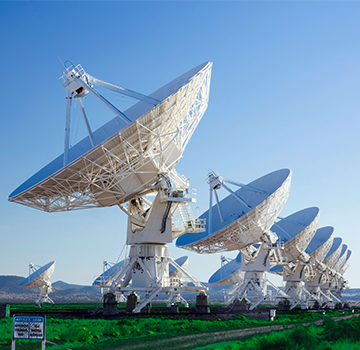A case for comparison
In the 1990’s, the overproduction of hard drives caused a slump in the market, rendering a technology expected to amass great profits somewhat defunct to investors. At SEC we believe this piece of history is worth considering as the energy storage market is currently facing a similar boom. There’s a huge amount of optimism within the industry. Soaring demand, rapid technological advances and expanding capacity are creating exciting opportunities within a fiercely competitive market.
The rapid decline in the cost of the Lithium-Ion battery has contributed to the rising popularity of energy storage solutions. The cost of Lithium-Ion battery packs has actually declined at a faster rate than solar did, according to CEO of Stem, John Carrington. While solar panels declined in production cost by 50% in the last five years, the production of deep-cycle and solar batteries has declined at a whopping 80% in just under three.
Batteries reached a milestone in affordability last December with levelised energy costs falling under $300 per kilowatt hour. It is estimated that in five years, battery packs could drop by another $100 dollars per kilowatt hour. This steep decline in costs has boosted investment, and production for battery manufacturers. Global shipments are soaring with the volume of batteries shipped expected to grow six-fold by 2025.
Too much capacity may flood the industry
So what are the downsides to a market boom? With declining prices, rapid advancement and an ever-growing demand, it’s hard to see any negatives. But some industry experts warn of the same thing that has plagued semiconductor manufacturers and hard drive makers in the past – a market glut caused by too much capacity. The dramatic decline in the price of batteries is due to one aspect of this trend, because companies such as Panasonic, Samsung and Tesla have rapidly expanded their output, expecting the technology to take off even faster than it really has.
Expansion through proper regulation
So the question is posed; how can the energy storage market avoid falling into the same trap as the semiconductor manufacturers and hard drive makers of the 90’s? Many claim that it just won’t happen due to the sheer expansion of worldwide demands. To make this more clear, we decided to put some numbers on it and consulted the Energy Storage Association who say,
“The demand for grid-scale energy storage is estimated to reach over 185.4 gigawatt-hours (GWh) by 2017 – which is approximately the amount of electricity New York City consumes in 17 days. That represents a $113.5 billion incremental revenue opportunity for an industry that currently generates sales of $50-60 billion a year.
Skyrocketing demand aside, this editor is of the opinion that the most important factor in the maintained profitability of the industry is the continued positive inclination of regulators in every territory. While it’s easy enough to purchase energy storage, the market has to support its use.
For residential users this means the continued introduction of programmes like net metering schemes. For larger entities the infrastructure and entire network configurations may need to be altered to support the addition of an intermittent energy source.
While not everyone trusts regulators, large-scale energy storage adaption seems to be experiencing an upwards surge in many countries. With this in mind we believe that demand will continue to drive production of industrial energy storage and generation products over the next decade.












